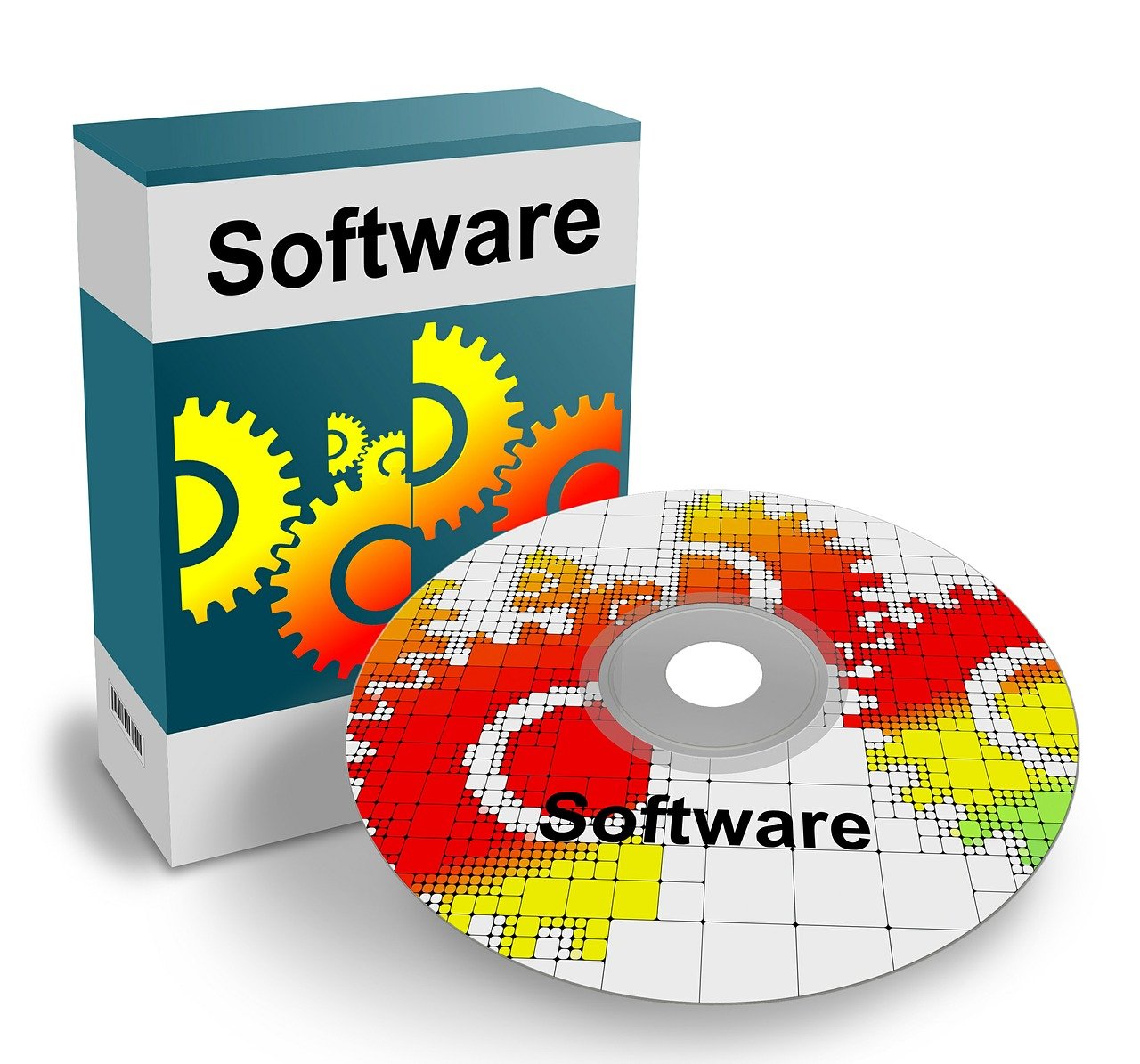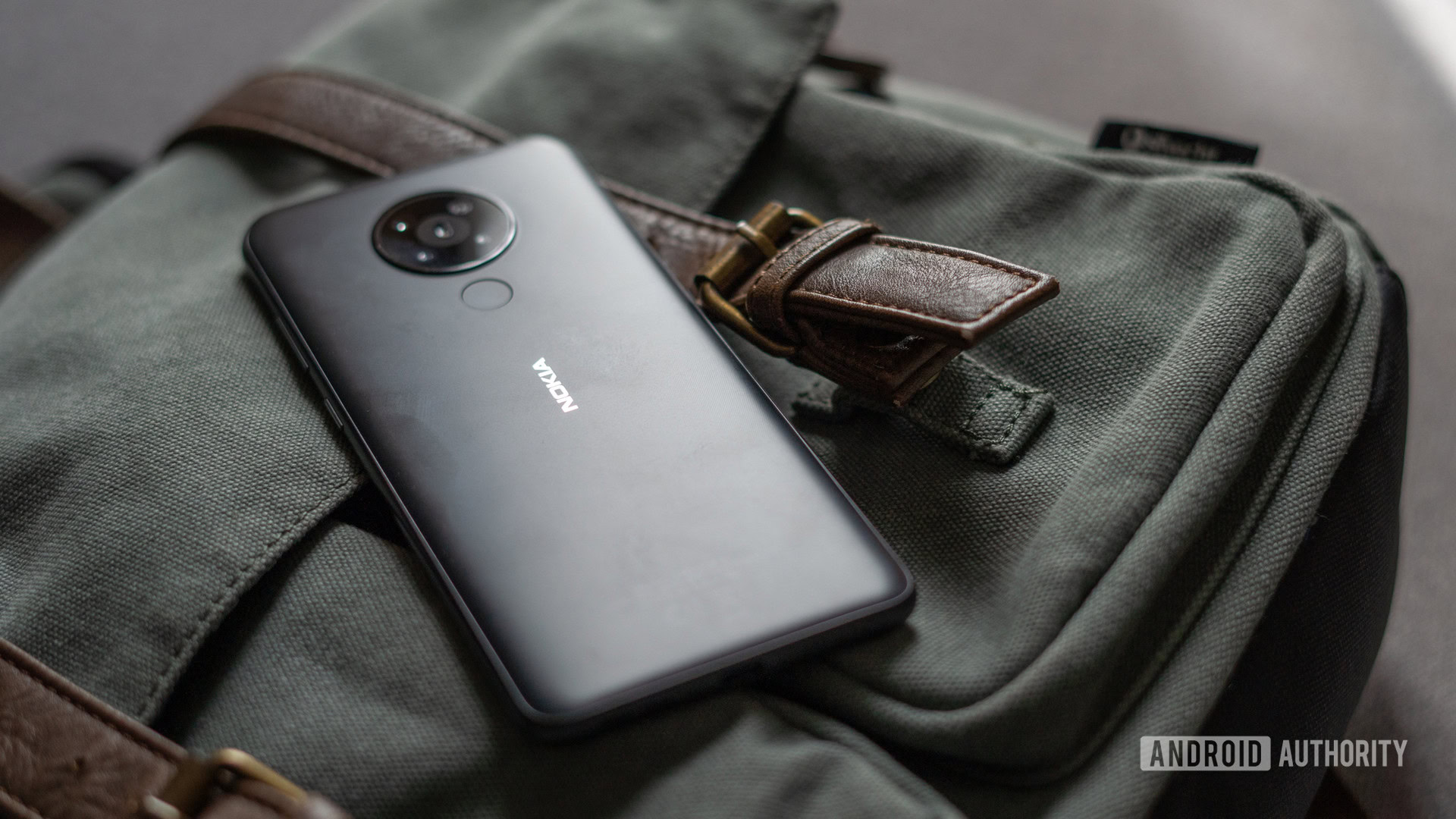
Dhruv Bhutani / Android Authority
Ample competitors has ensured that mid-range smartphones are doing higher than ever now, and there’s no dearth of manufacturers aiming to make the flagship expertise extra inexpensive for everybody. Nonetheless, it wasn’t all that way back that the disparity within the person expertise between a funds and a high-end telephone was much more important. The primary few generations of funds smartphones have been significantly dangerous, owing to their underpowered processors and bloated software program
Learn extra: Inventory Android vs Android One vs Android Go
In 2014, Google stepped in with the Android One program to scrub up the Wild West funds Android panorama. The consequence was a clear and clutter-free model of Android that got here with {hardware} tips to ensure a top quality person expertise.
Nonetheless, eight years later, all that continues to be of this system is an internet site that seems to be caught in 2020, fleeting references on neighborhood boards, and a reasonably large query — what the heck occurred to Android One?
Remind me once more, what was Android One?
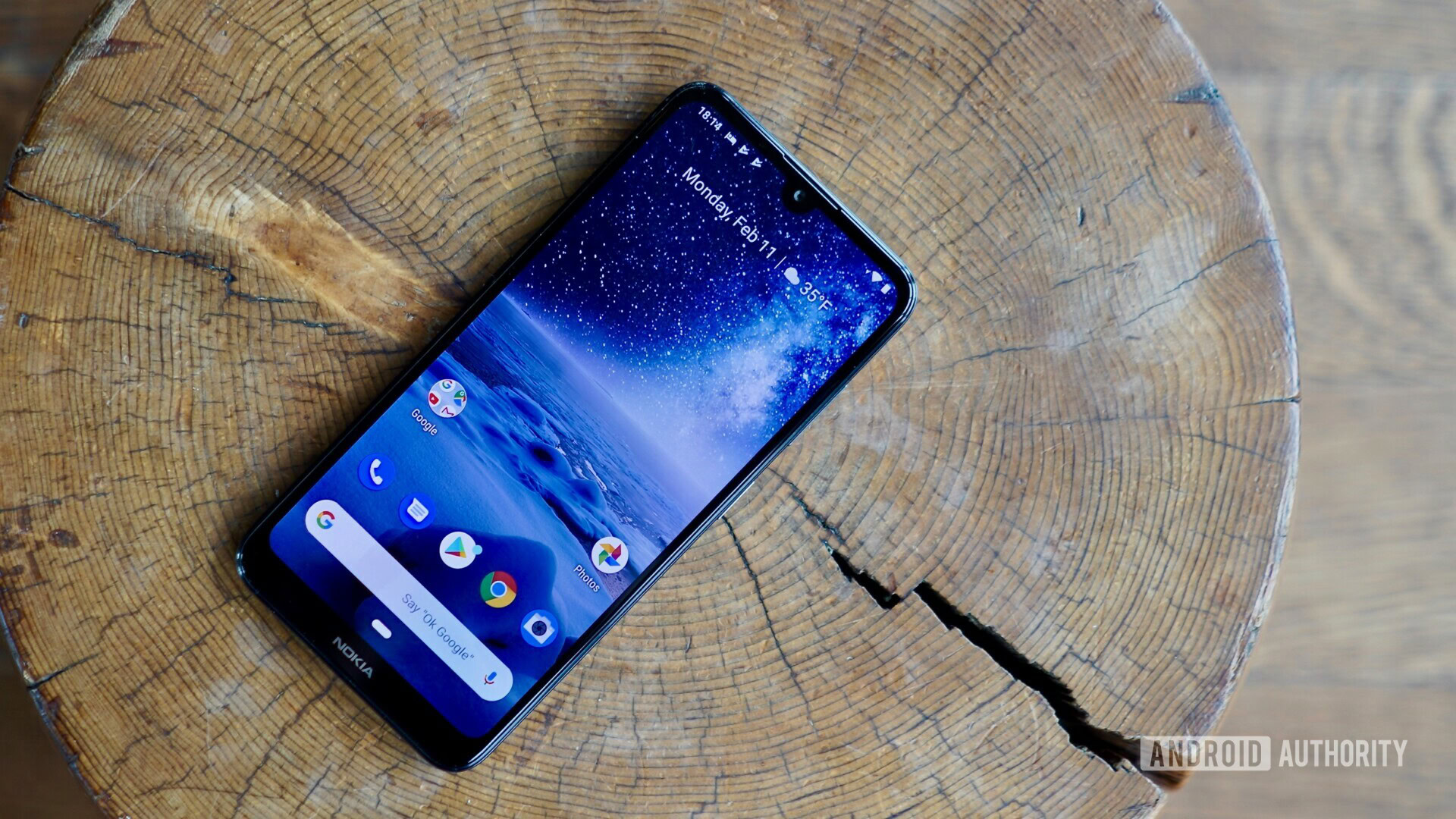
As smartphone penetration grew in creating markets, dozens of smartphone manufacturers popped as much as capitalize on a rising viewers. Sadly, not each model was outfitted to offer customers a top quality person expertise, and as a rule, the telephones had poor {hardware}, bloatware, or a mix of each. In addition they sullied Android’s picture as a refined working system.
Poor {hardware} and worse software program risked sullying Android’s popularity as a refined working system.
The Android One program was designed to deal with that particular drawback. It got here with instructions on tips on how to do software program proper, largely by eradicating all of the pointless additions being piled on high of ‘pure’ Android. This was important at a time when each smartphone producer was attempting to construct a particular software program pores and skin — often with restricted success.
With Android One, Google handed over a blueprint for inexpensive telephones that weren’t saddled with bloat. In truth, these telephones have been designed to run near-stock Android identical to the Nexus or Pixel sequence, however at a lot decrease costs.
As is often the case with Google, this system went via a few revisions. Whereas the preliminary objective was to deal with the entry-level section in markets like India, Google expanded this system to bigger markets together with the USA and Japan with mid-tier telephones just like the Nokia 5.4 and Moto One Motion based mostly on Android One.
Return in time: Google and Android One — Is that this the brand new Nexus line?
What occurred to the Android One program?

Dhruv Bhutani / Android Authority
Head on over to the Android One web site now, and also you’ll discover a portal caught in time. The web site is promoting the Nokia 5.3, a telephone that launched in 2020, working Android 10, an working system that’s now two generations outdated. Different telephones listed on the web site, just like the Moto One Motion, are older nonetheless.
The image will get hazier when you think about that Motorola has stopped delivery any Android One gadgets altogether. As a substitute, the corporate has co-opted the One branding for its personal line of telephones. It’s not the one defector both and the likes of Xiaomi, Sharp, Infinix, and Kyocera haven’t shipped an Android One gadget in years.
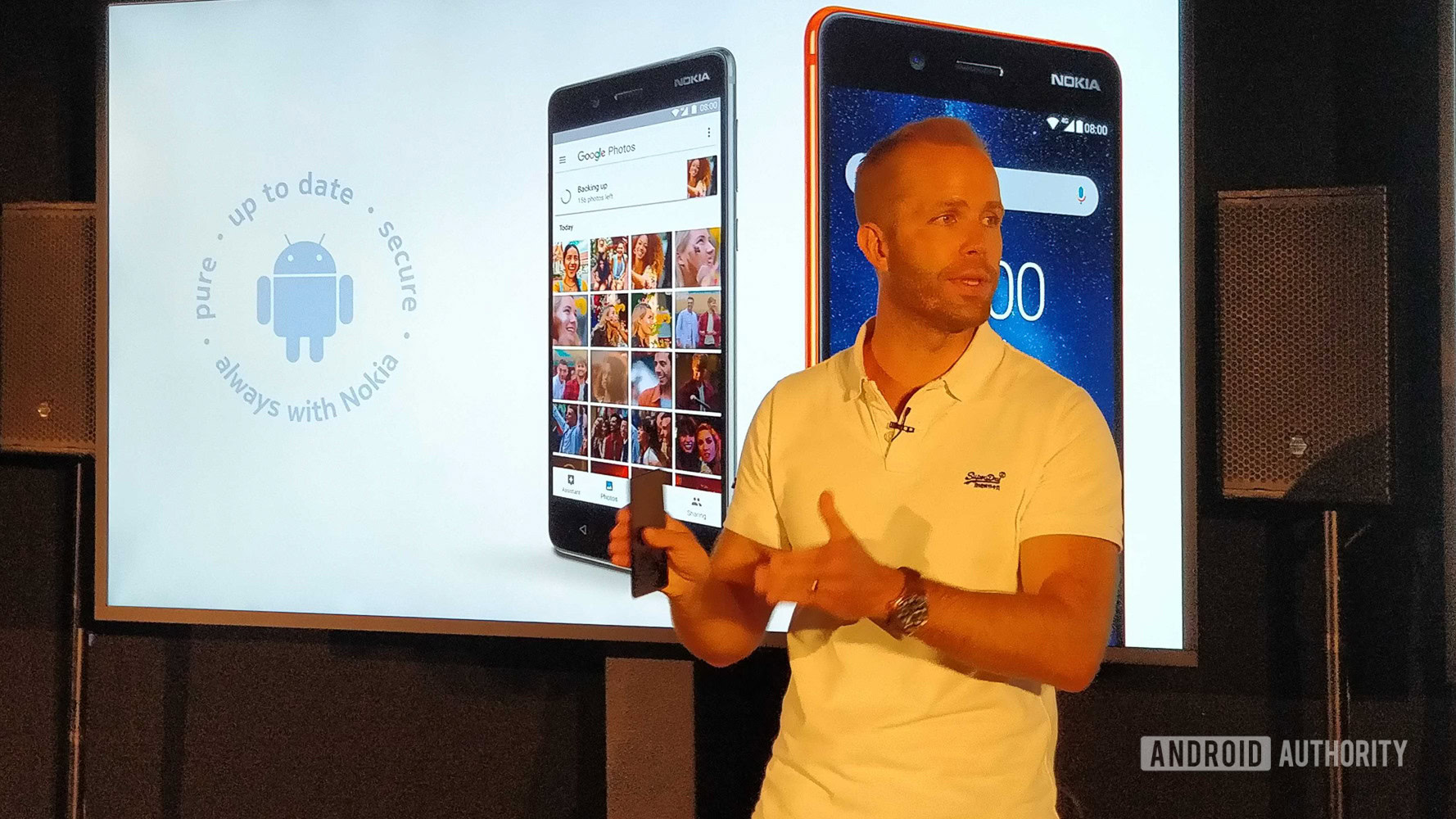
Dhruv Bhutani / Android Authority
And what about HMD International, you ask? The corporate’s revival of the Nokia model was centered across the promise of fresh, safe, and up-to-date software program powered by Android One. In truth, the software program expertise was a tentpole of HMD’s technique to differentiate itself from its Chinese language competitors.
Learn extra: 5 years on, HMD’s dealing with of Nokia is a story of squandered potential
By all appearances, it didn’t fairly work out as anticipated. A look on the firm’s lineup exhibits that it hasn’t marketed Android One as a characteristic since 2020. In truth, HMD International is now pre-loading some additional apps on its telephones, a transparent signal that it moved on from this system.
Whereas researching this text, we reached out to Google, Motorola, and HMD International for a touch upon the standing of their Android One program, however have been met with radio silence on all fronts.
So what may’ve gone unsuitable?
With none official assertion on the state of this system, we solely have snippets of knowledge to go on. Nonetheless, it isn’t exhausting to see the larger image.
After studying what precisely the Android One program required of gadget makers, I’m not shocked it flopped. There are such a lot of restrictions. Google even had the say on the commercial design and go-to-market technique for every gadget. What was actually in it for the OEM?
Mishaal Rahman, Senior Technical Author at Esper and ex-XDA whizz, just lately talked concerning the sheer variety of restrictions on OEMs delivery Android One gadgets. His observations trace that Google mandated strict management over the commercial design of any gadget bought as a part of the Android One program. The restrictions prolonged past {hardware} design too. Google solely permitted a complete of 5 pre-loaded apps, together with these mandated by operators. And all of those apps must be vetted by Google.
Although these limitations made sense again in 2014, that stage of management may very properly be thought-about a stranglehold on creativity. When each the {hardware} and software program stacks between a Moto, Nokia, or Xiaomi telephone have been primarily the identical, there simply wasn’t a lot room for differentiation.
That is more true nonetheless in 2022 when the {hardware} is, for essentially the most half, commodified. Telephones are bought on the premise of software program experiences, and that’s one thing no model may construct whereas being part of the Android One initiative.
Trendy smartphones are bought on software program experiences, and Android One did not give OEMs a lot wiggle room there.
There’s additionally one thing to be mentioned concerning the replace dedication. Whereas HMD International managed to do a good job of conserving its telephones up to date for the primary era or two, that cadence rapidly fell off the cliff.
In truth, nearly no OEM was in a position to constantly ship quick software program updates and we’d by no means discover out why. In hindsight, it’s nearly weird contemplating the restricted {hardware} choices and customization-free software program. Between telephones just like the Xiaomi Mi A3 bricking with software program updates and HMD customers ready indefinitely for updates, there’s little doubt that one thing was undoubtedly amiss.
One other issue to contemplate is that Google too launched its personal funds line of Pixel telephones. Beginning with the Pixel 3a, the telephones have been extremely well-received because of the marriage of speedy updates, flagship-grade cameras, and glorious pricing. These telephones competed immediately towards mid-range Android One gadgets, leaving little purpose for anybody to purchase something however a Pixel.
Has Android One served its goal?
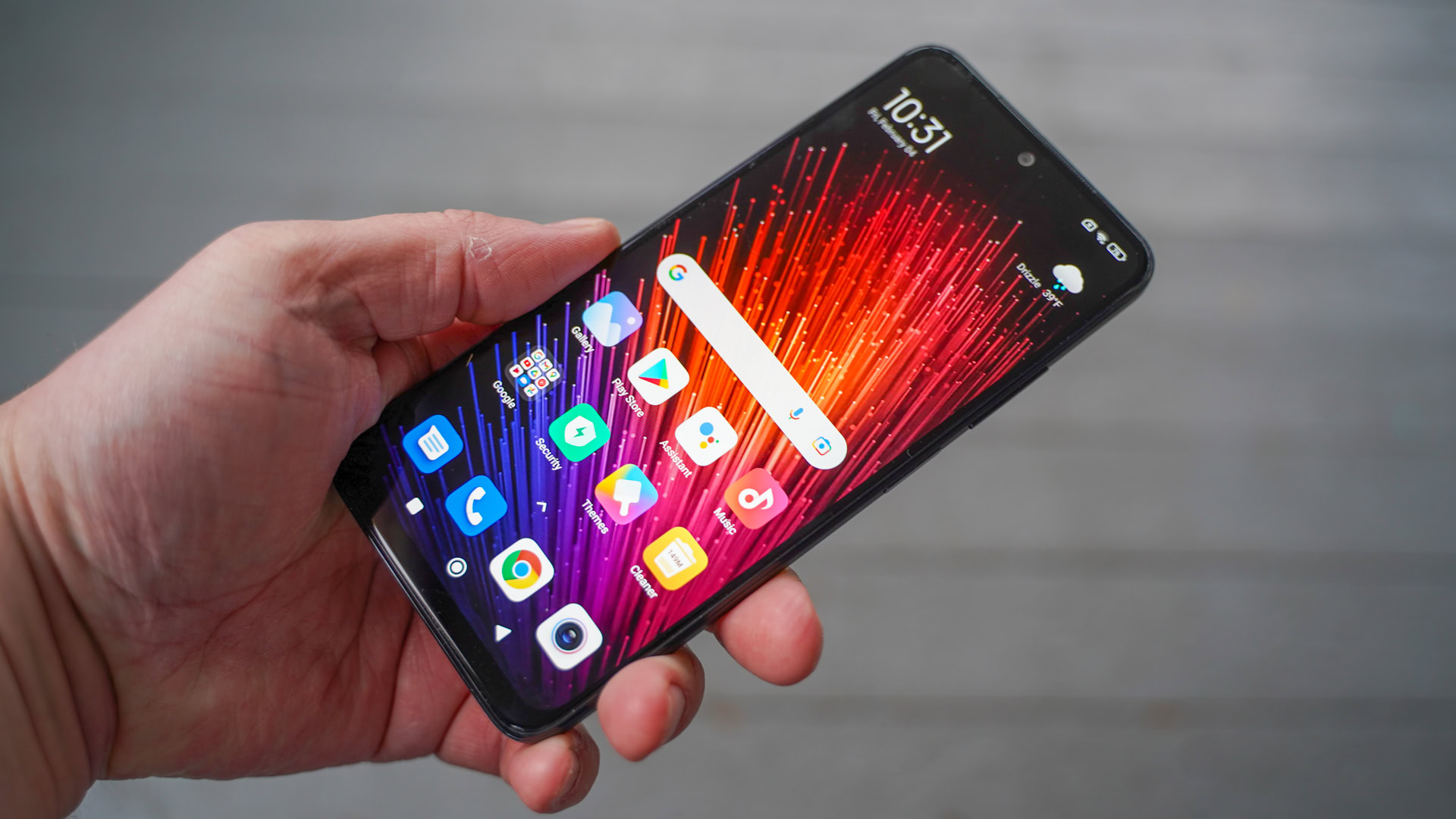
Eric Zeman / Android Authority
Apparently sufficient, I’m inclined to imagine that the Android One program was intentionally led to pasture as a result of it had achieved what it got down to do. This system bolstered the necessity for leaner software program and long-term updates outdoors of the shackles of strict tips.
Xiaomi, Realme, and lots of different manufacturers have since invested important sources into cleansing up their act and the myriad software program skins aren’t simply improved however are actually completely usable. In the meantime, advertisements have been diminished or eliminated altogether, bloatware is usually detachable and the {hardware} has improved by leaps and bounds. Corporations together with Xiaomi are even promising a number of years of fast updates, one thing that was remarkable simply a short time again.
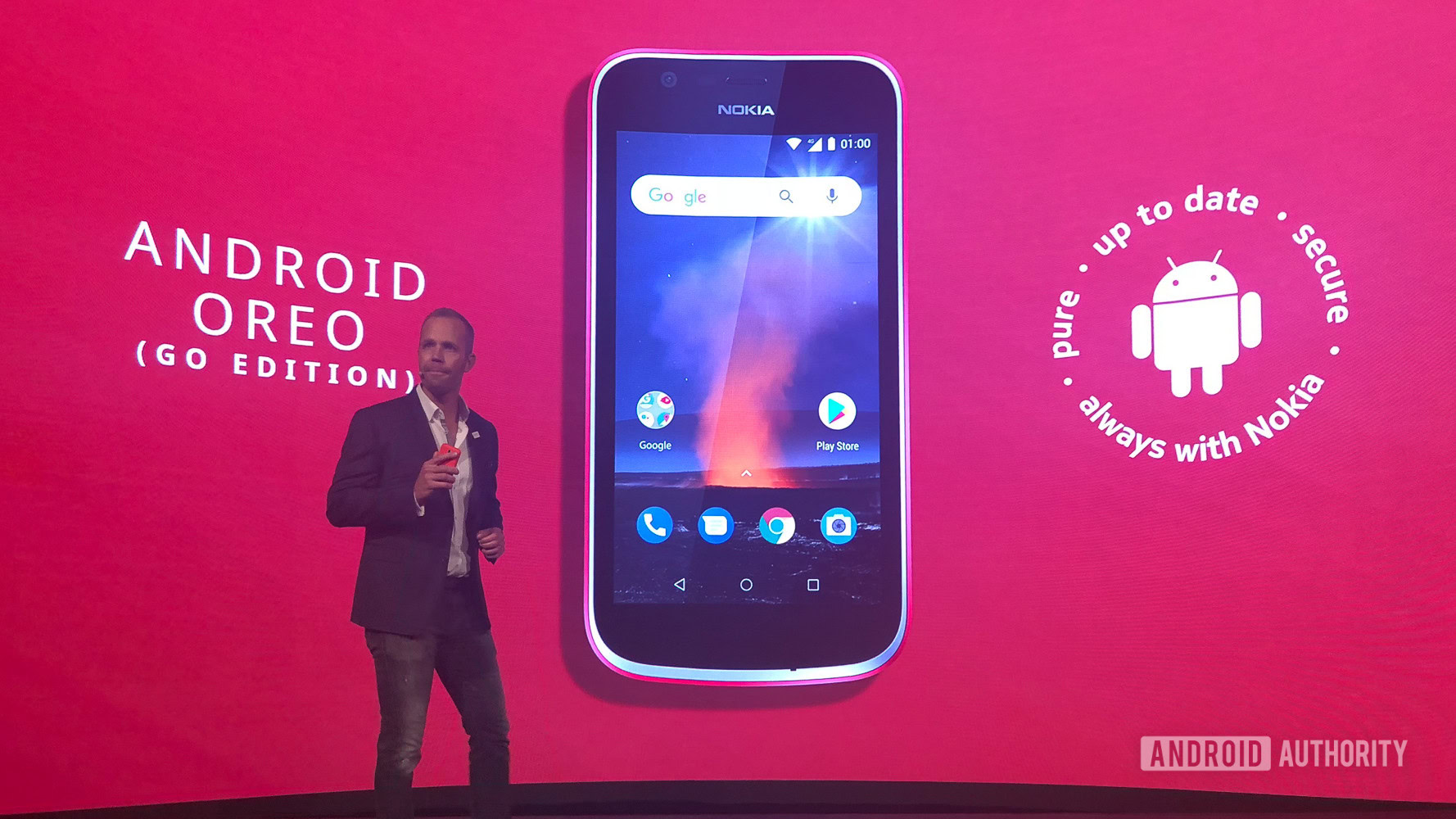
Adamya Sharma / Android Authority
Google too seems to have turned its gaze on much more inexpensive {hardware} with the Android Go initiative. The stripped-down tackle Android is designed for customers shopping for their first low-end smartphone. A personalized model of Android Go powers Indian operator Jio’s much-hyped JioPhone. We are able to solely guess, however maybe Android’s subsequent massive problem is to carry the following billion customers on-line.
It would’ve died an unceremonious dying, however one factor is for certain, Android One set issues in movement for a greater smartphone person expertise and funds telephone consumers are all the higher for it.
Have been you cheerful together with your Android One expertise?
141 votes


